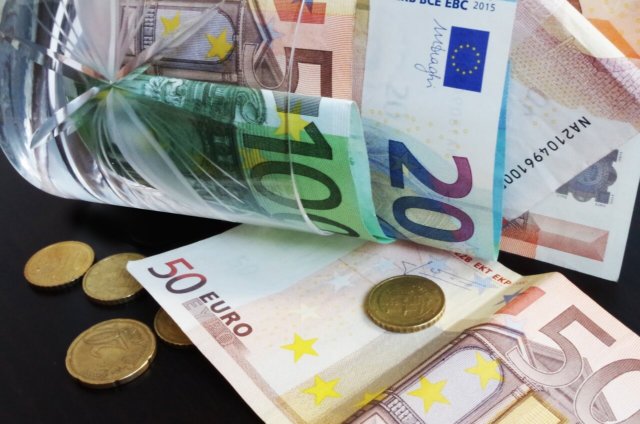According to the remarks made by Luis de Guindos, Vice-President of the ECB, published within the press release of the European Central Bank, in recent months, incoming euro area data have continued to be weak and the economy has grown below expectations. That is, euro area real GDP increased by 0.2% quarter-on-quarter in the fourth quarter of 2018 (according to preliminary estimates), which was slightly up from 0.1% in the quarter before, but well below the 0.4% growth observed in the first half of 2018.
As shown in the same press release, the continued weakness, particularly in the manufacturing sector, reflects the slowdown in external demand, compounded by some country and sector-specific factors.
The global economy is expanding at a more modest pace. According to IMF estimates, global growth has moderated to 3.7% in 2018 (from 3.8% in the previous year), and is expected to slow to 3.5% in 2019. Important euro area trading partners, such as China, show signs of a maturing economic cycle, and this has affected euro area exports. Net exports recovered in the fourth quarter of 2018 (according to preliminary estimates), but weaker exports were the main factor behind the steep growth slowdown observed in the third quarter.
In the euro area, the slowdown in growth has been particularly visible in the manufacturing sector. Euro area industrial production, excluding construction, declined by 1.4% quarter-on-quarter in the fourth quarter of 2018, with the slowdown being widespread across sectors and most major economies. Purchasing managers’ survey data on manufacturing production also moved into contractionary territory last month. Growth in services, in contrast, proved to be more resilient.
Country and sector-specific factors have been playing a role as well. Temporary issues in the automotive sector due to new regulation, for example, caused industrial production to fall particularly strongly in some euro area countries. These idiosyncratic factors are only fading slowly, and have been weighing on growth for longer than anticipated.
All these elements indicate that the moderation in the pace of the euro area economic expansion will likely extend into the current year. This is also reflected in our staff macroeconomic projections. In fact, growth for this year has been revised downwards to 1.1%, which is 0.6% lower than anticipated in the December forecast.
The fundamental factors supporting the euro area expansion remain broadly in place, however.
Looking ahead, the effects of the idiosyncratic factors currently weighing on economic growth are expected to unwind, albeit at a slower pace than initially foreseen. For instance, recent data on motor vehicle production show signs of normalisation, and consumer confidence recently edged up again.
Beyond more temporary fluctuations, the euro area expansion will continue to be supported by favourable financing conditions, further gains in employment and rising wages. Also, the ongoing yet somewhat more modest expansion in global activity should continue to support euro area growth.
In fact, bank lending rates to euro area firms and households remain close to their historical lows. The euro area unemployment rate currently stands at its lowest level in more than a decade, and the wage increases that result from tightening labour markets should continue to underpin household income and private consumption. On the external side, preliminary estimates for the fourth quarter of 2018 point to a pickup in net exports after a very weak third quarter.
For further information: European Central Bank

